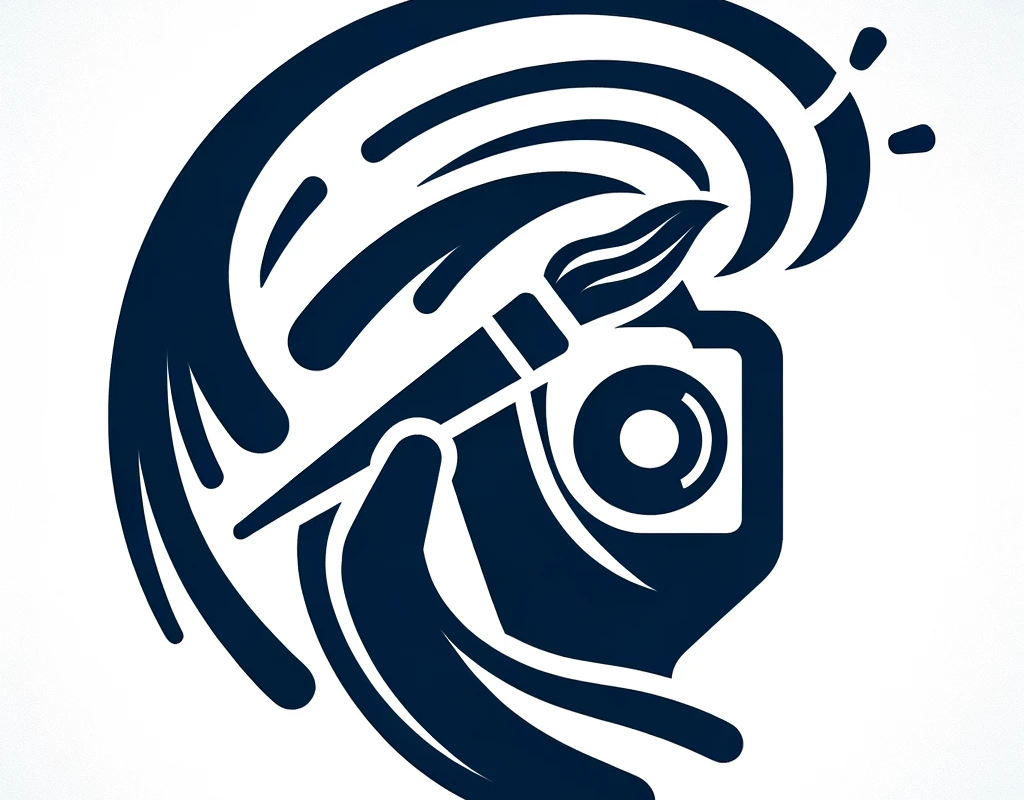Light painting is an exciting and creative photography technique that blends long exposure times with movement of light sources to create unique and often surreal images. This guide is designed to introduce beginners to the basics of light painting, covering essential tools, techniques, and tips to get you started.
Understanding the Basics
What is Light Painting?
Light painting is a photographic technique where exposures are made by moving a hand-held light source or by moving the camera. In a dark environment, using a long exposure, photographers capture the light trails created by these sources, allowing for a wide range of artistic expressions.
Key Equipment
Camera with Manual Mode: Essential for adjusting exposure settings.
Tripod: Keeps the camera steady during long exposures.
Light Sources: Anything from flashlights, LED lights, to specialized light painting tools.
Dark Environment: Crucial for achieving the best effect.
Setting Up Your Camera
Camera Settings
Exposure Time: Start with 10-30 seconds and adjust as needed.
Aperture: A mid-range aperture like f/8 is a good starting point.
ISO: Keep it low to avoid noise, around 100-200.
Focus and Composition
Manual Focus: Set your focus before starting, as autofocus struggles in the dark.
Framing the Scene: Think about what will be in the frame and where the light will move.
Choosing and Using Light Sources
Types of Light Sources
LED Lights and Flashlights: Offer control and ease of use.
Glow Sticks: Provide a diffused, softer light.
Smartphone Screens: Can be used creatively for more diffuse light.
Colors and Effects
Colored Gels: Can change the color of your light source.
Movement and Patterns: Experiment with different movements to create various effects.
Techniques and Tips
Basic Techniques
Drawing with Light: Use your light source as a pen and draw in the air.
Orb Creation: Move your light source in a circular motion to create orbs.
Silhouettes: Place objects or people in front of the light for intriguing silhouettes.
Advanced Techniques
Light Stencils: Create shapes with cutouts and shine light through them.
Refraction and Reflection: Use glass or water to bend and reflect light.
Safety and Etiquette
Respect Your Environment: Be mindful of where you are painting and who is around.
Safety First: Never use flammable or dangerous items as light sources.
Editing and Sharing Your Work
Post-Processing
Basic adjustments like contrast, brightness, and color can enhance your light painting photographs.
Sharing
Share your creations on social media and photography platforms to get feedback and inspiration.
Conclusion
Light painting is a fun and accessible way to explore your creativity through photography. With some basic equipment and a willingness to experiment, you can start creating stunning and unique images. Remember, the key to great light painting is experimentation and practice, so grab your camera and start exploring the possibilities!











